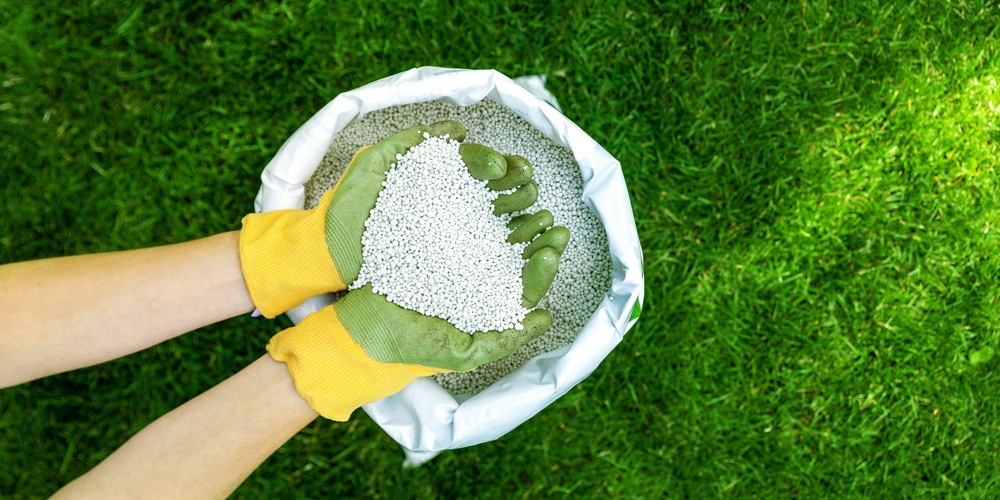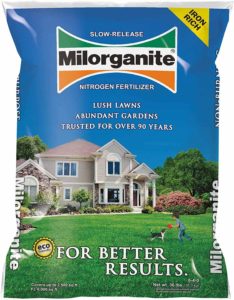The proper use and choice of fertilizers is a crucial part of any gardener or farmer’s toolkit. The over-abundance of products on the market today can be overwhelming, and knowing which one is right for your needs can be difficult. This is especially true when two products seem so similar on the surface, like E-Corganite vs Milorganite.
E-Corganite and Milorganite are two types of fertilizers that are commonly used to promote growth in plants. While they share some similarities, there are also some key differences between the two that make them each unique in their own way.
What is E-Corganite?

Let’s first talk about E-Corganite. It is a 4-3-0, slow-releasing, granular fertilizer used on gardens, lawns, trees, or shrubs. It is rich in Iron, helping the plant have exceptional color. What separates E-Corganite from other fertilizers is that it is made from 100% natural ingredients, making it a more environmentally-friendly option.
It can be used during any season and can last for up to 10 weeks. A 36-pound bag can cover an entire lawn with an area of up to 2,500 sq ft.
The fertilizer is also very gentle on plants, so it is ideal for delicate flowers and vegetables. Lastly, it is also known for its ability to improve the quality of soil over time. Regular use can help to increase the level of nutrients.
All in all, these reasons make E-Corganite an ideal choice for those who are looking for a fertilizer that will not only provide nutrients for their plants but also help to improve the quality of the soil over time.
What is Milorganite?
Milorganite does not differ much from its counterpart, E-Corganite. It is a 6-4-0, slow-release, all-around fertilizer. Similar to E-Corganite, it can also be used on gardens, lawns, trees, and shrubs. It is made from heat-dried microbes that have been digested by sewage bacteria. Yet again, it is an environmentally-friendly product.
E-Corganite Vs Milorganite: Which Fertilizer Should You Choose?
Even though the two fertilizers have similar benefits, they each have their own unique properties that make them better suited for different purposes.
If you’re looking for a fertilizer that you can just leave and not think about when to apply it, E-Corganite is a great option. You can use it at any time of the year and it also lasts longer in terms of its nutrient release, so you won’t have to reapply it as often.
Milorganite, on the other hand, is best used during the fall season. The reason for this is that it contains more nitrogen than other fertilizers, and nitrogen is known to be best used by plants during the cooler months of the year.
Another factor to consider is reliability. Milorganite has been around for over 95 years and has proven its effectiveness as an all-purpose fertilizer, so you can trust that it will do the job well.
While E-Corganite is relatively new to the market, meaning that there is not as much data on its long-term effects. Though, despite it being new, it has already gained a reputation for being a reliable and effective fertilizer.
The answer ultimately depends on your specific needs and preferences. There is no clear answer which is better. Both E-Corganite and Milorganite are great choices for those looking for an all-purpose fertilizer that can be used on gardens, lawns, trees, and even shrubs.
Final Thoughts
When it comes to choosing a fertilizer, both E-Corganite and Milorganite are great options. They have similar benefits, each one having its own unique properties that make it better suited for different purposes. E-Corganite is a new general purpose fertilizer that you can use during any season. While Milorganite is an already proven and reliable fertilizer that is best used during the fall season.
